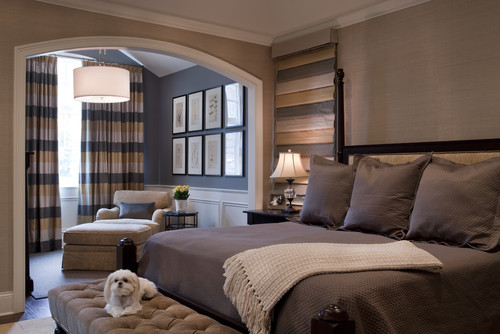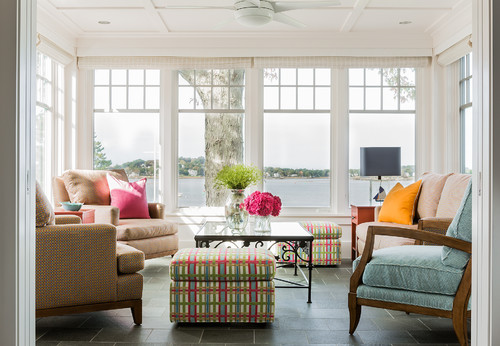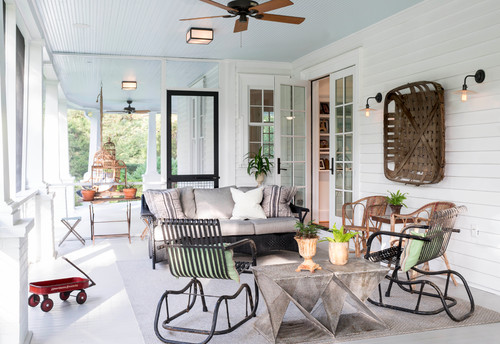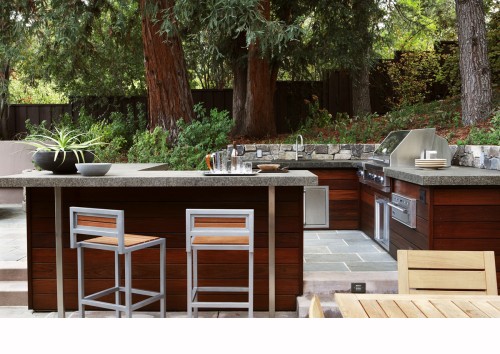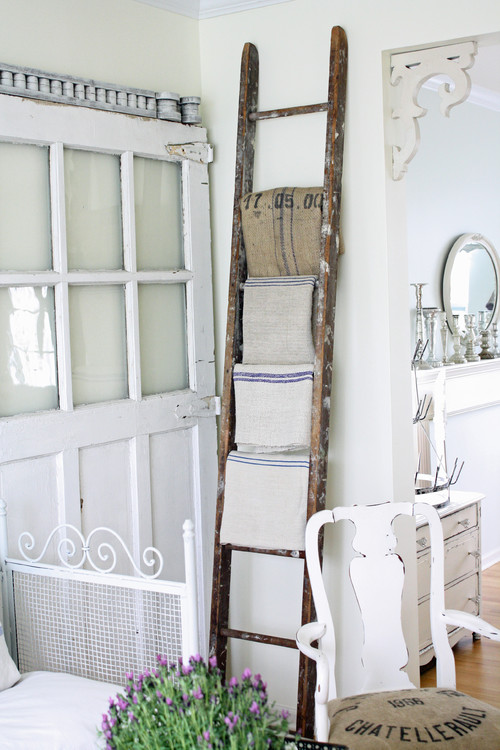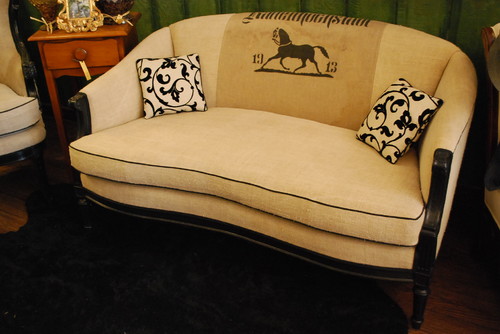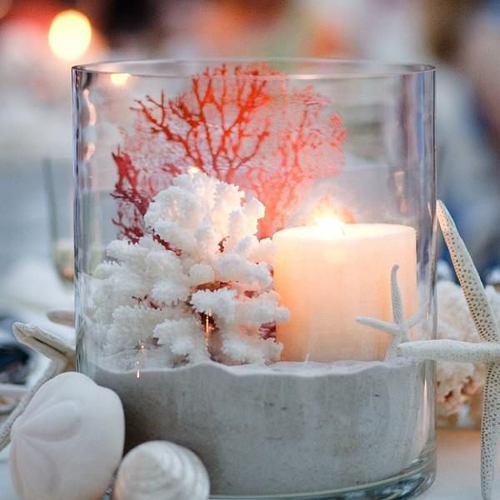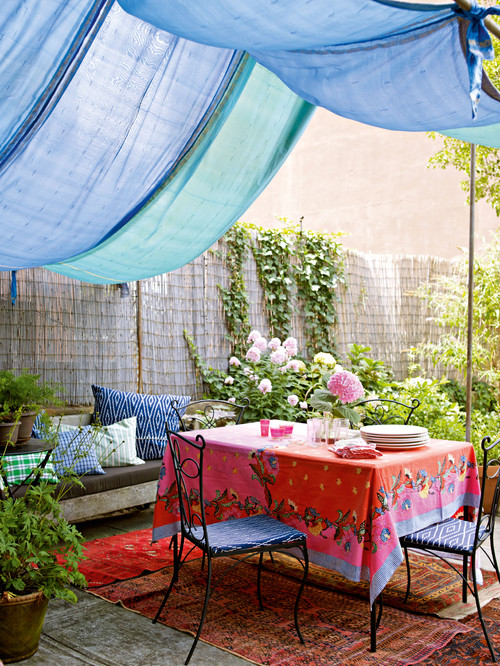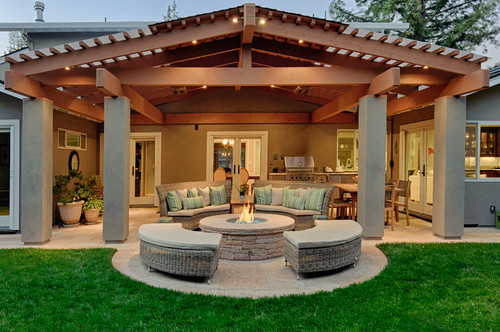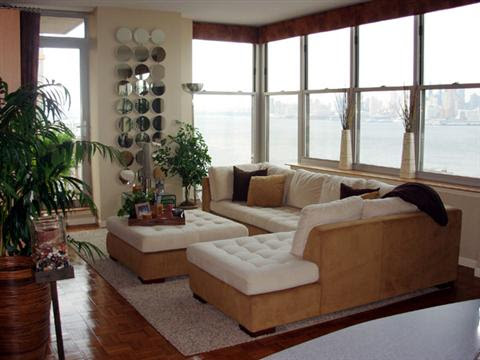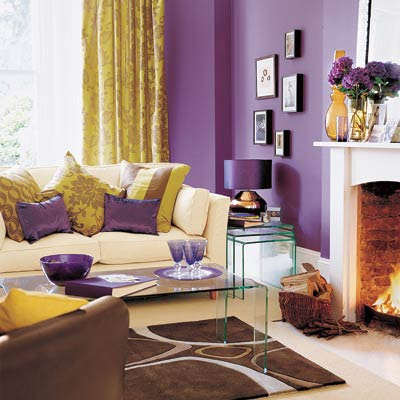With the home being the heart of any family, and the economy struggling to right itself, more and more people are creating family memories and events from the comfort of their home environment. So, it's more important than ever to have an inviting, beautiful space where people want to gather together. People need to be aware of the top five decorating risks and potential blunders before they spend countless hours, money and time on a decorating project.
Many people are overwhelmed with the thought of creating a great room. It first helps to understand what can go wrong when inexperience and lack of knowledge get in the way of achieving a great living space.
We suggests people consider the following list of risks:
1. Color – Colors can set a mood, energize and create an ambience of warmth and tranquility in a room. But, there is a science behind creating this right tone both in color and aura. There are important color theories to understand when developing a color plan for a home.
2. Lack of Time – The lack of time causes many people to settle for less than an ideal outcome to their decorating projects. Don't rush through decision-making when you want the results to last for many years.
3. Furniture Selection and Value Decisions – Safety and value are important considerations when purchasing furniture and accessories. It's hard to identify lesser quality or "curbside furniture" that will only last a few years.
4. Safety and Environmental Impact – Non-eco-friendly materials are being used in furniture today. Formaldehyde and VOCs (volatile organic compounds) are commonly used in imported furniture and will affect the air quality of any room and cause short-term and long term health problems.
5. Missing Master Plan – Get it right the first time by developing a master plan that will compliment your own personal style, and save you both time and money. Create the plan and then buy to the plan.
People want to look forward to coming home. So, understanding the risks and getting the support from a professional decorator to create a warm and inviting space is the best way to get started. You can simplify you next decorating project by seeking advice from an in-home professional decorator who brings knowledge as a color specialist and master planner, will ultimately save money and time, and will get it right the first time.
Until next time!


